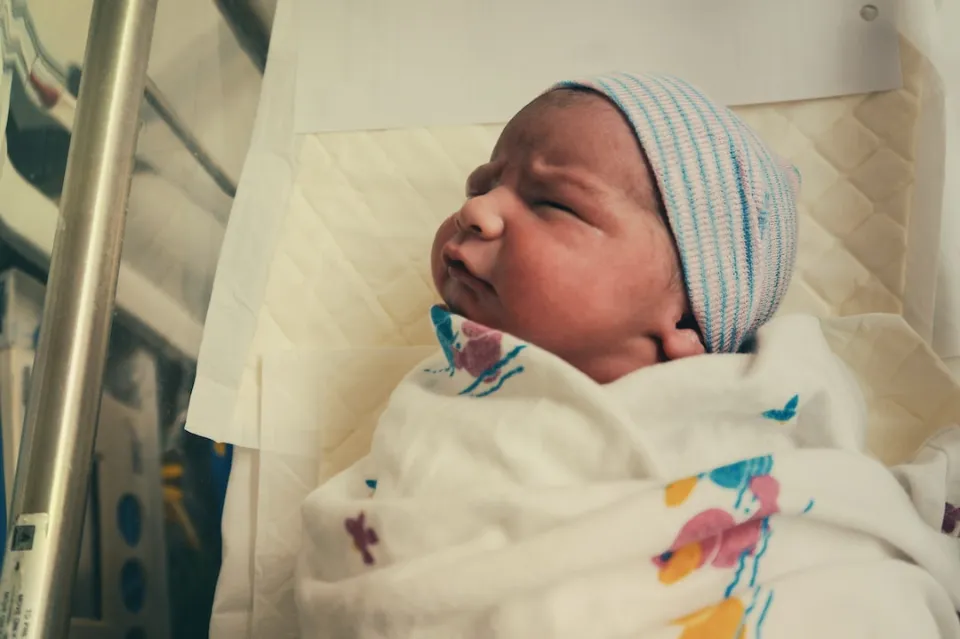
Baby Ear Infection vs Teething – What’s the Difference?
Early on, babies may feel a variety of discomforts, making it difficult for parents to pinpoint the underlying cause. Ear infections and teething are two frequent causes because they both have symptoms that are similar. To give your child the proper care and relief, you must be able to distinguish between the two.
In this article, we’ll examine the distinctions between teething and baby ear infections, as well as the symptoms of each condition and when to seek medical help. You’ll be better able to promote your baby’s wellbeing and provide them with the comfort they require if you are aware of these differences.
What is An Ear Infection?
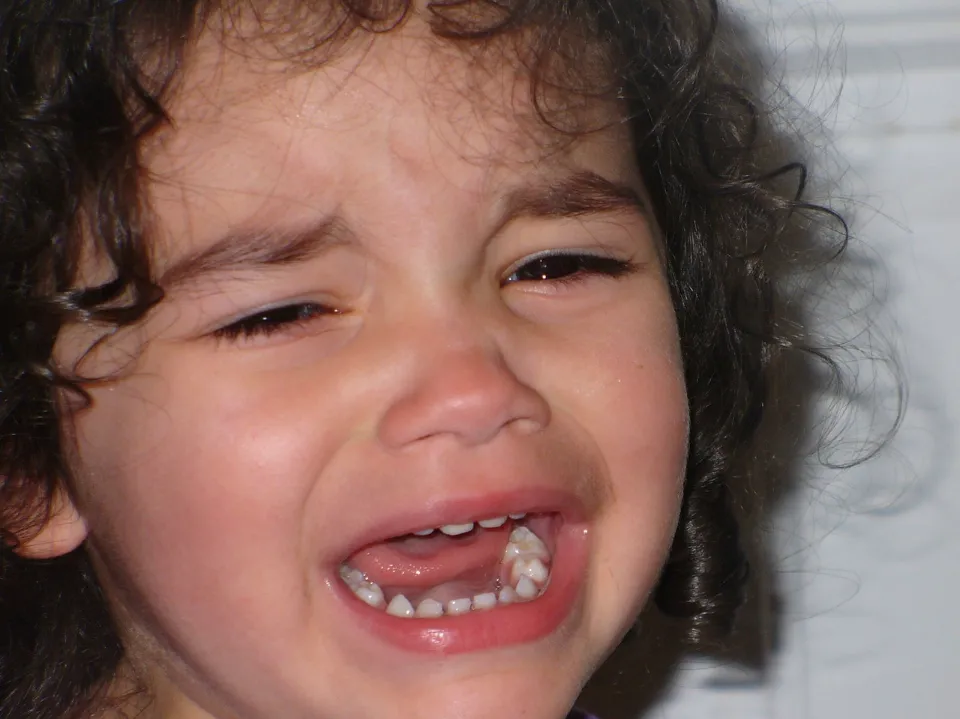
The fact that their child has an ear infection is a common reality for parents. When bacteria and fluid accumulate in the middle ear, it results in an ear infection, which hurts and irritates the patient. Children with immature immune systems are more likely to develop ear infections than older children. In 20% of kids, ear infections will occur frequently.
Read More: How to Stop Your Ears From Crackling
Ear infections can have many different causes. Below are the three most common reasons:
- An upper respiratory infection or a cold are the most frequent causes. The virus that causes a cold in a child can spread there and inflame the middle ear.
- Ear infections can frequently be caused by bacteria. Haemophilus influenzae and streptococcus pneumoniae are two of the most prevalent bacteria that need antibiotics. An area will typically become inflamed and irritated due to a viral infection, which acts as a nidus for the infection.
- Bottle feeding while lying down is another typical reason for ear infections. he formula can pool in the back of their throat and enter the eustachian tubes. The liquid then turns into a habitat for bacteria, which leads to an infection.
Ear Infection Symptoms:
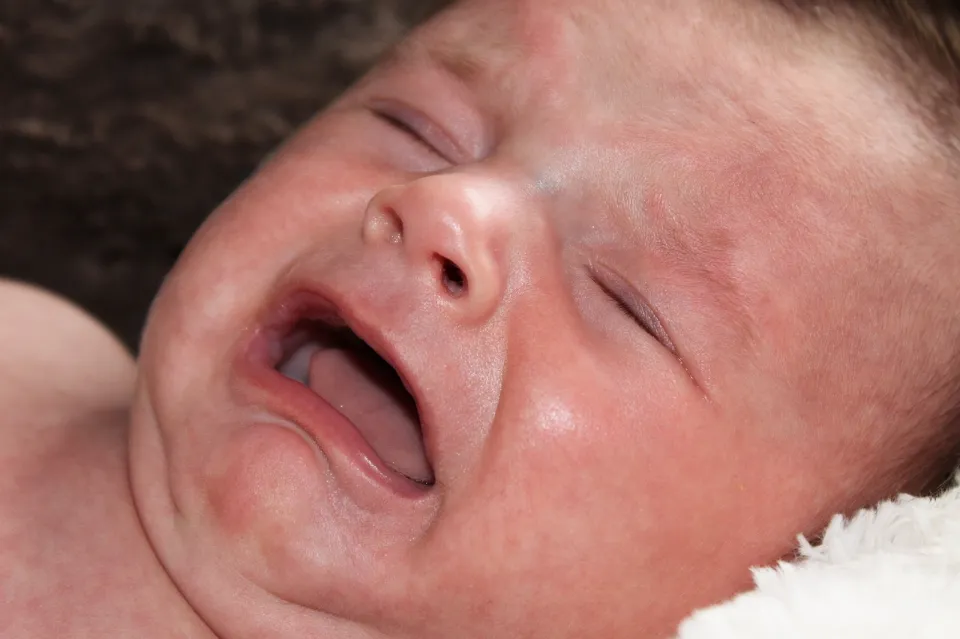
Pain is the most typical ear infection symptom. Additionally, children may struggle to fall asleep, become agitated, experience hearing loss, or lose their balance. You can get in touch with your Blueberry Pediatrician at any time of day or night if your child has an ear infection and a temperature over 100.4 degrees. A pediatrician can perform an ear exam and determine whether your child needs antibiotics. For our doctors to have a clear view of your child’s ear, we’ll also send you an otoscope (ear scope).
Other common symptoms of an ear infection:
- Pulling or rubbing at their ear(s)
- Trouble sleeping or being irritable when lying down
- A loss of balance or trouble walking
- Drainage from their ear(s)
- Ear pain
The pulling or rubbing of the ear, which is a sign of teething and frequently causes confusion.
What Does An Ear Infection Look Like?

You can check your child’s ear with an otoscope (ear scope) to see if there is any redness or eardrum bulging if you’re not sure whether your child has an ear infection. The ear of your baby can be very sensitive, so it’s important to use caution and consult your pediatrician before using an otoscope. The otoscope can hurt if you move it around or stick it too far into your ear canal.
What to look our for when using an otoscope:
- A red, bulging eardrum
- Fluid behind the eardrum that is yellow or greenish.
- Earwax, which can both indicate and contribute to ear infections.
- a perforated eardrum, which is a small hole in the eardrum.
The best course of action is to call your pediatrician right away if you notice any of these things so that they can, if necessary, recommend antibiotics. We’ll send you an otoscope once you sign up for Blueberry. If you’re a member, you can quickly determine whether your baby has an ear infection and what to do next by using the otoscope and Blueberry app to record a video of your child’s ear. We’ll enquire about your child’s symptoms as well, such as ear pulling, swollen gums, teething pain, fever, and more. You can accomplish everything while relaxing in your home!
What is Teething?
First teeth erupting through the gums is the process of teething. Although it can begin as early as 3 months or as late as 12 months, it typically begins around 6 months of age. While some infants show no symptoms at all, others might scream and drool.
Signs Your Baby is Teething (teething Symptoms):

Increased drooling is the most typical symptom of teething. You might also observe that your baby is chewing on their fingers, toys, or other items more frequently than usual. Other signs that your baby may be teething include:
- Mildly swollen, tender gums
- Putting hands in the mouth constantly
- Diarrhea
- Coughing
- Runny nose
- Irritability or crankiness
- Swelling or redness around their gum line
- Cheek rubbing or jaw clenching
What Are Teething Rings?
Baby can gnaw on teething rings, which are small, firm rings made of rubber or plastic. Your baby can safely chew on them and they can ease teething discomfort. Almost all retailers of baby products carry them.
Please speak with your Blueberry Pediatrician if your child is teething and you’re not sure what to do. We can assist you in determining the most effective means of hurting baby relief.
How to Treat An Ear Infection
Making sure your child stays hydrated is among the most crucial things you can do. This entails making sure she urinates frequently and providing her with a lot of fluids to drink. To help with the pain, you can also give her over-the-counter painkillers like acetaminophen or ibuprofen.
You should take your child to the doctor if their ear infection does not seem to be getting better after a few days of home treatment, if she gets a fever, or if the fever won’t go away. Antibiotics may be recommended by your Blueberry doctor to help treat the infection. Your child getting ear tubes may also be advised by the doctor in some circumstances. If you have a chronic ear infection, you can usually treat it and prevent further ones with this minor surgery that is performed under general anesthesia.
How Can You Tell the Difference Between Teething and An Ear Infection?
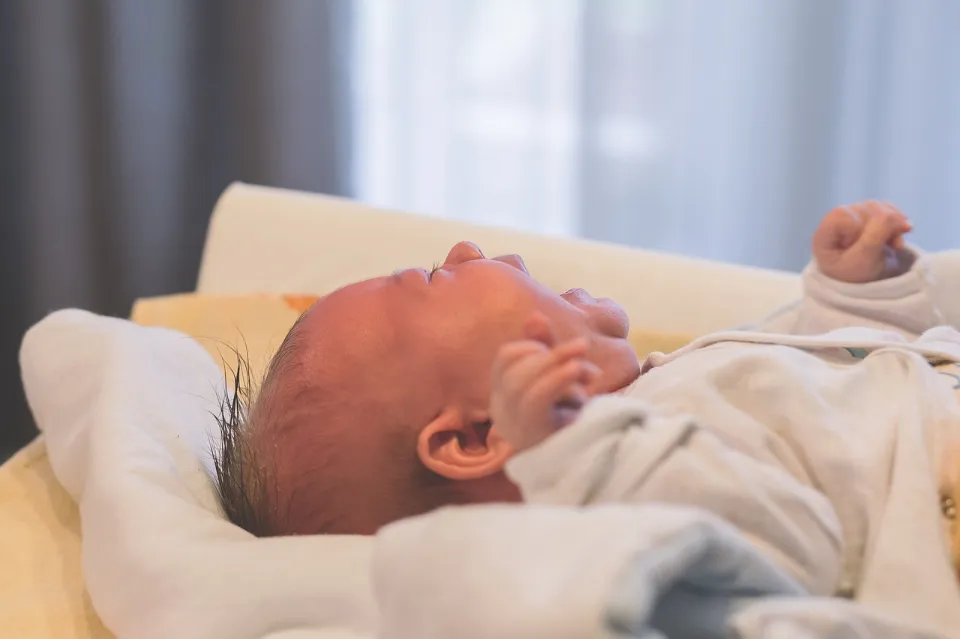
Symptoms that would suggest your baby is teething include:
- A low fever (below 38 °C)
- Swollen, red gums
- Excessive drooling
- Sore or tender gums
- Wanting to chew on hard things
On the other hand, if an ear infection is to blame, your child may have the following symptoms:
- A fever of up to 40 °C (50% of children will have a fever with their ear infection)
- Cold symptoms—ear infections are almost always preceded by a cold
- Discharge from the ear
- Complaining of ear pain or hearing loss
- Not reacting to auditory cues
- Loss of balance (if applicable, depending on age)
In Summary
Even though the symptoms of ear infections and teething frequently overlap, each condition has its own unique set of symptoms. As a result, it is always advised to see your doctor for a checkup rather than self-diagnose if your baby is displaying any of the symptoms mentioned in this article. This will allow your doctor to pinpoint the precise cause of your baby’s discomfort and provide the appropriate treatment.


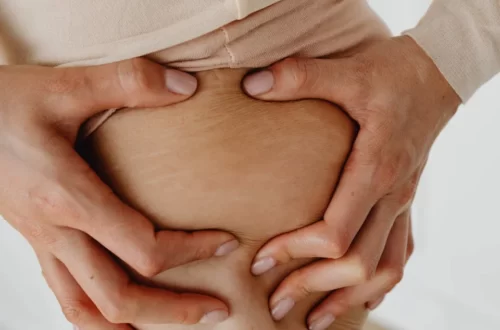


Average Rating